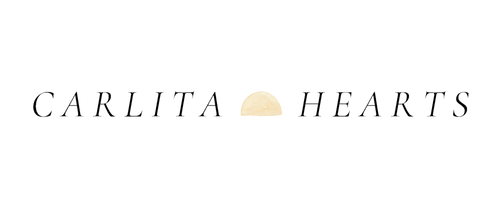
This is part 1 of a simple series - my GUIDE: Getting Started With Watercolour
READ Part 2 | Activation
READ Part 3 | Wet-On-Wet
READ Part 4 | Mark Making
READ Part 5 | Colour Mixing
When I first started out with watercolour painting, I bought one of those Staedtler kiddies cake pan sets on a whim wandering down the grocery store’s stationery aisle. It was great to play around when painting my Sunday School visuals (how I really got started) and then making artwork as gifts for friends and family.
Since then, I have moved on from that beloved set. I use a Daler-Rowney Aquafine 10-colour watercolour set which has lasted a good few years, and while I’ll sometimes try other watercolour brands, I like to keep my supplies relatively simple.
You may be interested in starting a new creative hobby but the idea of heading to the art store can feel intimidating from the sheer number of options available.
Cake pan sets or tubes?
Pointed round brush or flat brush?
Mixed media paper or 100% cotton watercolour paper?
Let me share what the different options are and guide you how to start small in the beginning.
WATERCOLOUR PAINTS
1. Cake pan sets
These are dried watercolour blocks of pigment that are activated when you wet them with water. It's great for travelling as you can mix your colours in the lid and they can be found in a variety of colours (10, 12, 24 or 48 cake pan sets).
2. Tubes
The watercolour paint is found in a small tube and you would need to squeeze a small amount onto a palette to paint with it. You can purchase individual colours or a set of tubes, and you would need a palette to help you have a space to mix your colours.
3. Watercolour ink
This is a highly pigmented liquid made from dye and are usually brighter than watercolour paint from cake pans and tubes. It's a fun medium to give a try.
BRUSHES
1. Pointed round
A very versatile brush that comes in a variety of sizes. The brush has a fine point so you are able to make many different marks with it - thin and thick lines, fine detail for more precision and it also the ability to cover a large area with pigment.
2. Flat brush
This brush is straight edged and can be used for making angular marks like straight lines, or use it on its side to achieve thinner marks.
3. Cat’s tongue
Similar to the flat brush however it tapers to a point. This brush creates interesting marks and is a hybrid between a flat brush and a pointed round brush.
4. Mop brush
This brush is a big round brush that is useful for covering large areas with a watercolour wash of colour on your page.
PAPER
1. Hot press 300 gsm
300 gsm speaks to the weight of the paper (grams per square meter). The higher the number, the heavier (or thicker) the paper will be. You will see this displayed on the front of the packaging of the paper. For watercolour painting, you will need thick paper to withstand the amount of water used in painting. Hot press is a smooth textured watercolour paper.
2. Cold press 300 gsm
This has a rougher texture compared to hot press paper. I like to use both hot press and cold press paper, but tend to use hot press more often as I prefer how it scans.
3. Rough press 300 gsm
As the name suggests, this is a very textured paper. It's fun to try out the different types of paper and discover which one you enjoy painting with.
MY RECOMMENDATION
Here’s my suggested recommendation of what I would start out with if you're interested in trying out watercolour painting.
PAINT | A cake pan set with 10 - 12 colours. I have a Daler-Rowney Aquafine set of 10 colours which I love. Ensure your set has a yellow, a red and a blue and you will be good to go to discover the various colours you can mix.
BRUSH | One pointed round brush in size 6. I enjoy the Prime Art brand so first explore using the one brush and seeing how many different marks you can make before you add to your collection.
PAPER | A Prime Art hot press watercolour paper 300gsm A4 pad is an affordable option. Cut up smaller sheets to extend the life of your pad and have fun.
You don't need to spend a fortune - buy the best for your budget and here's the most important step: playing around with your watercolour supplies and have fun!
ADDITIONAL SUPPLIES
- A jar of water
- Serviette / kitchen towel
- Palette (plastic or ceramic)
- Pencil
- Eraser
- Washi / painter's tape
- Ruler
Now that you are armed with a clear understanding of the watercolour supplies available, I hope you will give watercolour painting a go! It truly is a beautiful medium and can be such a calm way to spend an evening with a cup of tea playing around. Give it a try, you may just discover your new favourite hobby!
DOWNLOAD Getting Started With Watercolour Checklist from The Artful Library
READ this journal post for 30 fun warm-up exercises when you want to get creative
